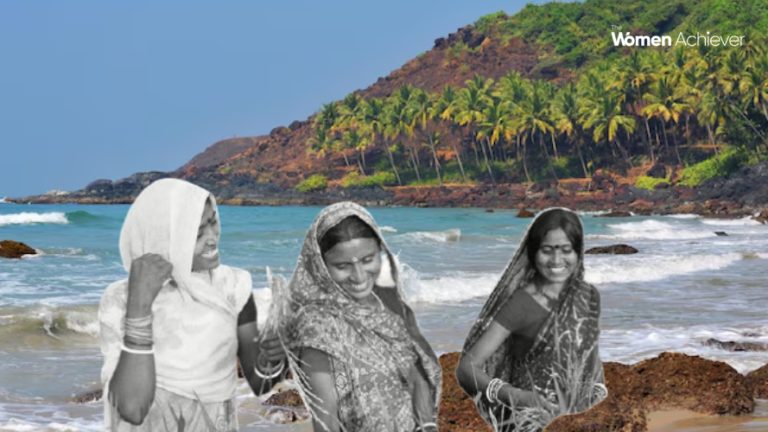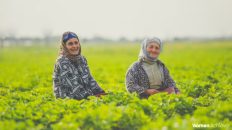Here’s about Goa’s Women-Led SHGs Take Charge against Rural Poverty
Goa is India’s smallest state, but its goals for rural women are far from humble. With the Goa State Rural Livelihood Mission (GSRLM) — its state equivalent of DAY-NRLM — state authorities have made women-led self-help groups (SHGs) the foundation of a strategy to drive extreme poverty out of every village within the decade.
A snapshot of progress
SHGs mobilised: Rises from 3,200 groups in March 2025 to 3,804 groups in October 2024, facilitating around 48,000 members — a rise of 60 % in five years.
Credit flow: Official bank linkages crossed ₹365 crore in FY 2024-25, facilitating thousands of women to avail entrepreneurship in agriculture, services and food processing.
Village organisations (VOs): 184 VOs already manage community funds of nearly ₹2 billion, with bottom-up lending and livelihoods management.
Income target: The Mission hopes to create 11,000 “Lakhpati Didis” — women with annual incomes of ₹1 lakh or more — by March 2026.
How women-led SHGs drive the anti-poverty agenda
Access to inexpensive capital
GSRLM enables collateral-free loans of up to ₹20 lakh per SHG and invests Community Investment Funds in start-up groups. Removing guarantor conditions cut turn-around times by half and encouraged first-time borrowers.
Enterprise diversification
Besides traditional tailoring and dairy businesses, Goa SHGs are entering high-margin businesses under the Start-up Village Entrepreneurship Programme (SVEP) and the Prime Minister’s Formalisation of Micro Food-Processing Enterprises (PMFME) programme under which there was a total 556% growth in non-farm businesses between 2020-24.
Market access through Swayampurna Goa
170 women‑led SHGs are currently running in government offices under the Mukhyamantri Annapurna Yojana (2023); 14 canteens are running at full capacity, creating a stable market and daily cash availability.
Financial & digital literacy
Regularly conducted boot‑camps by District Rural Development Agencies give accounting apps, UPI payment and GST rules training to SHG treasurers, making them poised for e‑commerce tie‑ups in 2026.
Early wins: Stories from the field
At Cortalim, the Maa Nageshwari SHG leveraged a ₹5 lakh revolving fund to set up a cold-press oil unit that runs on solar power, boosting member incomes from ₹3,000 to ₹12,000 per month.
In Bicholim, five SHGs falling under a parent organization used SVEP funds to setup an artisan mushroom cluster now catering to high-end hotels of North Goa.
These boosts percolate down: kids stay in school longer, households spend on sanitation, and women turn up in local government councils.
Challenges that still bedevil
Inadequate insurance cover: Less than 30% of SHG members have social-security scheme covers like PMSBY or PMJJBY.
Supply-chain logjams: Under-developed cold-chain infrastructure hangs over perishables-based ventures, especially in monsoon months.
Branding and packaging skill deficits: All products still fail to command higher margins in city or online markets.
The path ahead
SHG Chief Minister Pramod Sawant has set himself a bold target of:
doubling SHG turnover to ₹600 crore and the network to 6,000 SHGs by 2027. To reach this goal, the state will:
- A “Goa Rural Mart” e-commerce platform — rolled out on a pilot basis in 2026.
- Cluster-based business incubation of fisheries, cashew processing and eco-tourism.
- A collaborative program to bring all SHG members under Ayushman Bharat, protecting families from the health-poverty trap.
Conclusion: Goa’s Self-Help Groups based on women have already proven that they can convert static rural revenues into successful micro‑enterprises. With a sustained credit flow, market linkages and skills‑development, the GSRLM’s vision of eradicating poverty is no longer inspirational platitudes but a possible milestone. With each “Lakhpati Didi” crossing the ₹1 lakh milestone, she is not only guaranteeing her family’s prosperity, but also driving her village towards economic self‑sufficiency.






Add comment